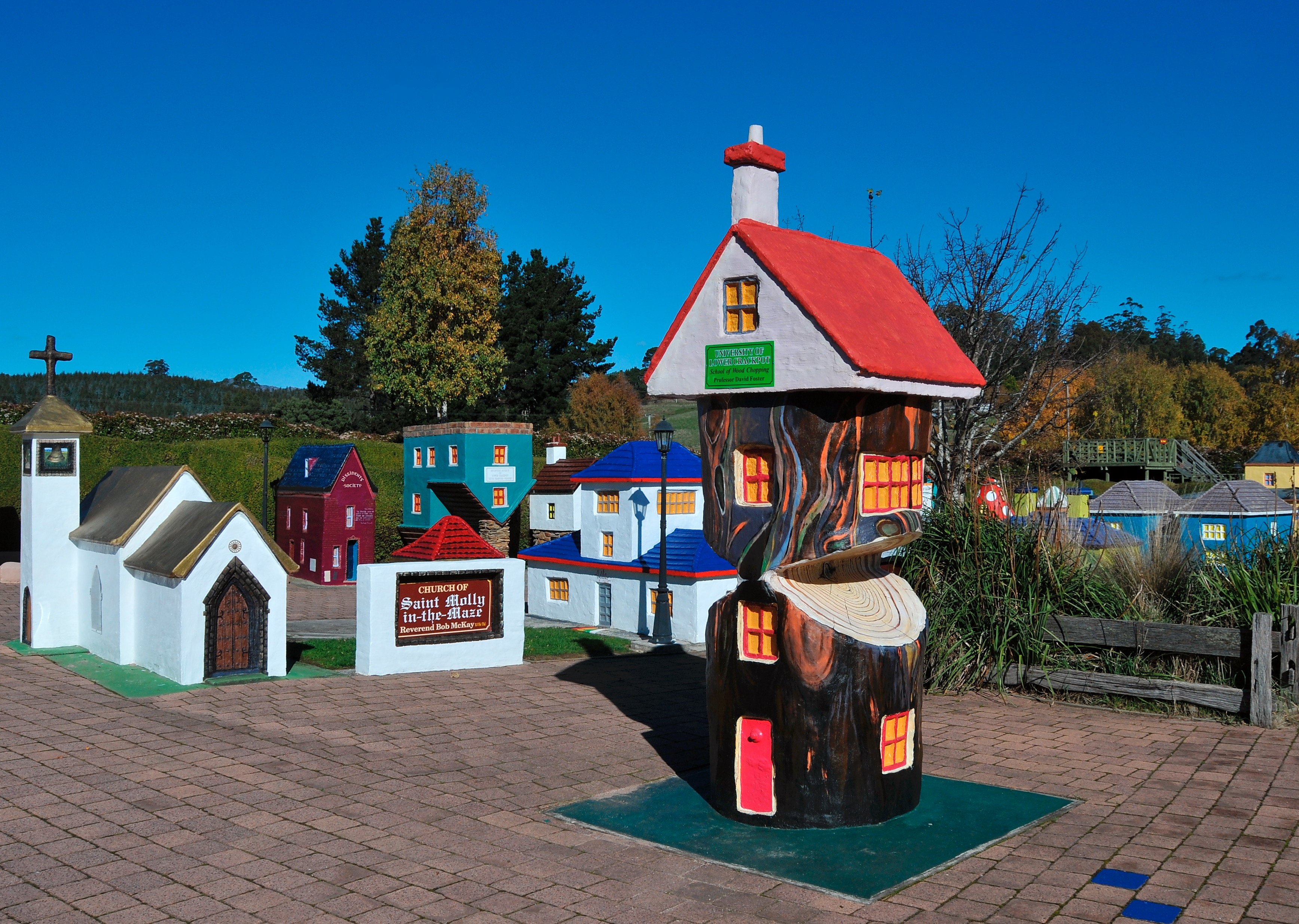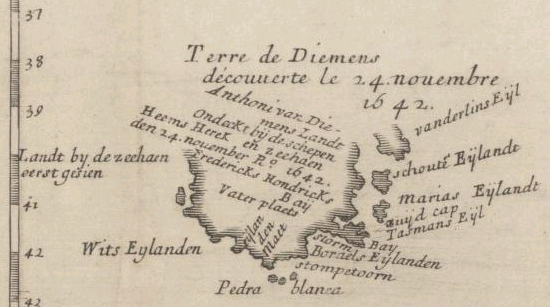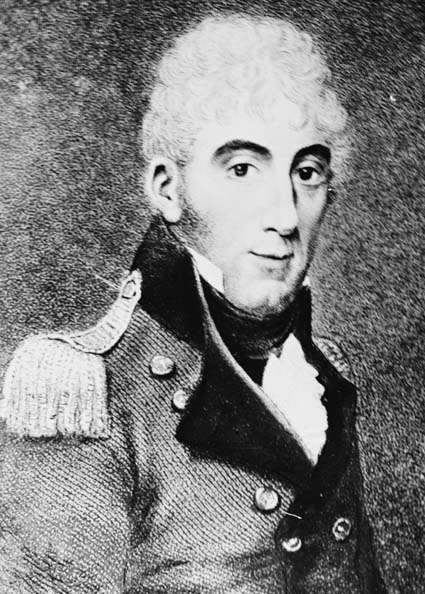|
Arthur River (Tasmania)
The Arthur River (Peerapper: ''Tunganrick'') is a major perennial river located in the north-west region of Tasmania, Australia. Location and features The Arthur River rises on the slopes of the Magnet Range, south of and flows generally north and then west, around the northern perimeter of the Savage River National Park. The river is joined by 25 tributaries including the Waratah, Wandle, Hellyer, Keith, Lyons, Rapid, Julius, Salmon and Frankland rivers. The Arthur River reaches its mouth at the settlement of where it empties into the Southern Ocean. The river descends over its course. The river was named in honour of Sir George Arthur, the Lieutenant Governor of Van Diemens Land between 1824 and 1836. On the coast near the river mouth is a plaque titled ''The Edge of the World. North West Coast Tasmania'', and a poem by tourism pioneer Brian Inder, who coined the term, referring to the coastline at Arthur River which is regularly lashed by the gales of the Roar ... [...More Info...] [...Related Items...] OR: [Wikipedia] [Google] [Baidu] |
George Arthur
Sir George Arthur, 1st Baronet (21 June 1784 – 19 September 1854) was Lieutenant Governor of British Honduras from 1814 to 1822 and of Van Diemen's Land (present-day Tasmania) from 1823 to 1836. The campaign against Aboriginal Tasmanians, known as the Black War, occurred during this term of office. He later served as Lieutenant Governor of Upper Canada from 1838 to 1841, and Governor of Bombay from 1842 to 1846. Early life George Arthur was born in Plymouth, England. He was the youngest son of John Arthur, from a Cornish family, and his wife, Catherine, daughter of Thomas Cornish. He entered the army in 1804 as an ensign and was promoted lieutenant in June 1805. He served during the Napoleonic Wars, including Sir James Craig's expedition to Italy in 1806. In 1807 he went to Egypt, and was severely wounded in the attack upon Rosetta. He recuperated and was promoted to captain under Sir James Kempt in Sicily in 1808, and participated in the Walcheren expedition in 1809. ... [...More Info...] [...Related Items...] OR: [Wikipedia] [Google] [Baidu] |
Savage River National Park
Savage River National Park is located in north-west Tasmania, Australia. Established in April 1999, it is the largest undisturbed area of temperate rainforest in Australia since the era of the thylacine. Unlike other national parks of Tasmania, Savage River National Park remains inaccessible to the public, there is no road access or facilities in the park. It is buffered by the Savage River Regional Reserve which has limited 4WD access. The national park is dominated by cool temperate rainforest with extensive stands of myrtle beech dominated rainforest. A significant component of wet scrubland and buttongrass moorland dominate the Baretop Ridge. The park provides valuable habitat for many species of fauna including the Tasmanian devil, dusky antechinus, broad-toothed mouse, wedge-tailed eagle, swift parrot, grey goshawk and the giant freshwater crayfish. See also * Protected areas of Tasmania * Tarkine * Tasmanian temperate rainforests The Tasmanian temperate rain for ... [...More Info...] [...Related Items...] OR: [Wikipedia] [Google] [Baidu] |
Roaring Forties
The Roaring Forties are strong westerly winds found in the Southern Hemisphere, generally between the latitudes of 40°S and 50°S. The strong west-to-east air currents are caused by the combination of air being displaced from the Equator towards the South Pole, the Earth's rotation, and the scarcity of landmasses to serve as windbreaks at those latitudes. The Roaring Forties were a major aid to ships sailing the Brouwer Route from Europe to the East Indies or Australasia during the Age of Sail, and in modern times are favoured by yachtsmen on round-the-world voyages and competitions. The boundaries of the Roaring Forties are not consistent: The wind-stream shifts north or south depending on the season. The strong and continuous winds in the Roaring Forties make this zone highly prospective for wind power such as in New Zealand and Tasmania. Similar but even stronger conditions that occur at more southerly latitudes are called the Furious Fifties and the Shrieking or Screa ... [...More Info...] [...Related Items...] OR: [Wikipedia] [Google] [Baidu] |
Brian Inder
Brian Inder (12 December 1930 - 21 August 2019) is a tourism pioneer of North Western Tasmania, Australia. On his property at Promised Land near Lake Barrington he has established the world's largest maze complexes, called Tasmazia.Gill Vowles, Maze venture shows the way'Hobart Mercury, December 4, 2005. Accessed October 8, 2008 When dairy farming was proving difficult in the early 1980s, Inder moved to Lavender farming and manufacture of herbal products which proved more profitable. A childhood dream of establishing a hedge maze proved initially difficult, so he developed a model town called the ''Village of Lower Crackpot''. A gift shop, pancake parlour, and honey tasting soon followed making Tasmazia the largest commercial tourism attraction on the North West Coast. When the nearby town of Sheffield was facing commercial decline, Inder was instrumental in establishing Sheffield as a ''town of murals'' with a mural fest. Other festivals he played a leading role in establishi ... [...More Info...] [...Related Items...] OR: [Wikipedia] [Google] [Baidu] |
Van Diemens Land
Van Diemen's Land was the colonial name of the island of Tasmania used by the British during the European exploration of Australia in the 19th century. A British settlement was established in Van Diemen's Land in 1803 before it became a separate colony in 1825. Its penal colonies became notorious destinations for the transportation of convicts due to the harsh environment, isolation and reputation for being inescapable. Macquarie Harbour and Port Arthur are among the most well-known penal settlements on the island. With the passing of the Australian Constitutions Act 1850, Van Diemen's Land (along with New South Wales, Queensland, South Australia, Victoria, and Western Australia) was granted responsible self-government with its own elected representative and parliament. On 1 January 1856, the colony of Van Diemen's Land was officially changed to Tasmania. The last penal settlement was closed in Tasmania in 1877. Toponym The island was named in honour of Anthony van Die ... [...More Info...] [...Related Items...] OR: [Wikipedia] [Google] [Baidu] |
Governor Of Tasmania
The governor of Tasmania is the representative in the Australian state of Tasmania of the Monarch of Australia, currently King Charles III. The incumbent governor is Barbara Baker, who was appointed in June 2021. The official residence of the governor is Government House located at the Queens Domain in Hobart. As the sovereign predominantly lives outside Tasmania, the governor's primary task is to perform the sovereign's constitutional duties on their behalf. As with the other state governors, the governor performs similar constitutional and ceremonial functions at the state level as the governor-general of Australia does at the national level. The position has its origins in the positions of commandant and lieutenant-governor in the colonial administration of Van Diemen's Land. The territory was separated from the Colony of New South Wales in 1825 and the title "governor" was used from 1855, the same year in which it adopted its current name. In accordance with the convention ... [...More Info...] [...Related Items...] OR: [Wikipedia] [Google] [Baidu] |
Watercourse
A stream is a continuous body of surface water flowing within the bed and banks of a channel. Depending on its location or certain characteristics, a stream may be referred to by a variety of local or regional names. Long large streams are usually called rivers, while smaller, less voluminous and more intermittent streams are known as streamlets, brooks or creeks. The flow of a stream is controlled by three inputs – surface runoff (from precipitation or meltwater), daylighted subterranean water, and surfaced groundwater (spring water). The surface and subterranean water are highly variable between periods of rainfall. Groundwater, on the other hand, has a relatively constant input and is controlled more by long-term patterns of precipitation. The stream encompasses surface, subsurface and groundwater fluxes that respond to geological, geomorphological, hydrological and biotic controls. Streams are important as conduits in the water cycle, instruments in groundwater ... [...More Info...] [...Related Items...] OR: [Wikipedia] [Google] [Baidu] |
Perennial River
A perennial stream is a stream that has continuous flow of surface water throughout the year in at least parts of its catchment during seasons of normal rainfall, Water Supply Paper 494. as opposed to one whose flow is intermittent. In the absence of irregular, prolonged or extreme drought, a perennial stream is a watercourse, or segment, element or emerging body of water which continually delivers groundwater. For example, an artificial disruption of stream, variability in flow or stream selection associated with the activity in hydropower installations, do not affect this status. Perennial streams do not include stagnant water (pools and waterholes), reservoirs, cutoff lakes and ponds that persist throughout the year. All other streams, or parts of them, should be considered seasonal rivers or lakes. The stream can cycle from intermittent to perpetual through multiple iterations. Stream Definition The basic concept means flowing bodies of water. In hydrology, the strea ... [...More Info...] [...Related Items...] OR: [Wikipedia] [Google] [Baidu] |
Peerapper Language
Northwestern Tasmanian, or Peerapper ("Pirapa"), is an aboriginal language of Tasmania in the reconstruction of Claire Bowern.Claire Bowern, September 2012, "The riddle of Tasmanian languages", ''Proc. R. Soc. B'', 279, 4590–4595, doi: 10.1098/rspb.2012.1842 It was spoken along the west coast of the island, from Macquarie Harbour north to Circular Head and Robbins Island. Northwestern Tasmanian is poorly attested from four word lists: The "west coast" vocabularies of Charles Robinson and George Augustus Robinson, with 246 words combined; the Robbins Island list of George Augustus Robinson, with 162 words; and the Macquarie Harbour vocabularies of Allan Cunningham (222 words), collected in 1819.Bowern (2012), supplement The list collected by George Augustus Robinson at West Point The United States Military Academy (USMA), also known Metonymy, metonymically as West Point or simply as Army, is a United States service academies, United States service academy in We ... [...More Info...] [...Related Items...] OR: [Wikipedia] [Google] [Baidu] |
National Park
A national park is a nature park, natural park in use for conservation (ethic), conservation purposes, created and protected by national governments. Often it is a reserve of natural, semi-natural, or developed land that a sovereign state declares or owns. Although individual nations designate their own national parks differently, there is a common idea: the conservation of 'wild nature' for posterity and as a symbol of national pride. The United States established the first "public park or pleasuring-ground for the benefit and enjoyment of the people", Yellowstone National Park, in 1872. Although Yellowstone was not officially termed a "national park" in its establishing law, it was always termed such in practice and is widely held to be the first and oldest national park in the world. However, the Tobago Main Ridge Forest Reserve (in what is now Trinidad and Tobago; established in 1776), and the area surrounding Bogd Khan Mountain, Bogd Khan Uul Mountain (Mongolia, 1778), wh ... [...More Info...] [...Related Items...] OR: [Wikipedia] [Google] [Baidu] |
River Mouth
A river mouth is where a river flows into a larger body of water, such as another river, a lake/reservoir, a bay/gulf, a sea, or an ocean. At the river mouth, sediments are often deposited due to the slowing of the current reducing the carrying capacity of the water. The water from a river can enter the receiving body in a variety of different ways. The motion of a river is influenced by the relative density of the river compared to the receiving water, the rotation of the earth, and any ambient motion in the receiving water, such as tides or seiches. If the river water has a higher density than the surface of the receiving water, the river water will plunge below the surface. The river water will then either form an underflow or an interflow within the lake. However, if the river water is lighter than the receiving water, as is typically the case when fresh river water flows into the sea, the river water will float along the surface of the receiving water as an overflow. Alon ... [...More Info...] [...Related Items...] OR: [Wikipedia] [Google] [Baidu] |
Hellyer River
The Hellyer River is a perennial river located in north western Tasmania, Australia. The river flows for before joining into the Arthur River. High quality cool temperate rainforest and tall eucalyptus forest grows along much of the river. Significant species include Myrtle Beech, Leatherwood, Southern Sassafras and Messmate. The river in named in honour of the explorer Henry Hellyer. See also *Rivers of Tasmania This page discusses the rivers and hydrography of the state of Tasmania, Australia. In the geography of Tasmania, the state is covered with a network of rivers and lake systems. As an island, all rivers eventually empty into the waters that su ... References Rivers of Tasmania {{Tasmania-river-stub ... [...More Info...] [...Related Items...] OR: [Wikipedia] [Google] [Baidu] |

.jpeg)



_nahe_dem_Weiherdamm_in_Wildbergerhütte.jpg)

.jpg)
